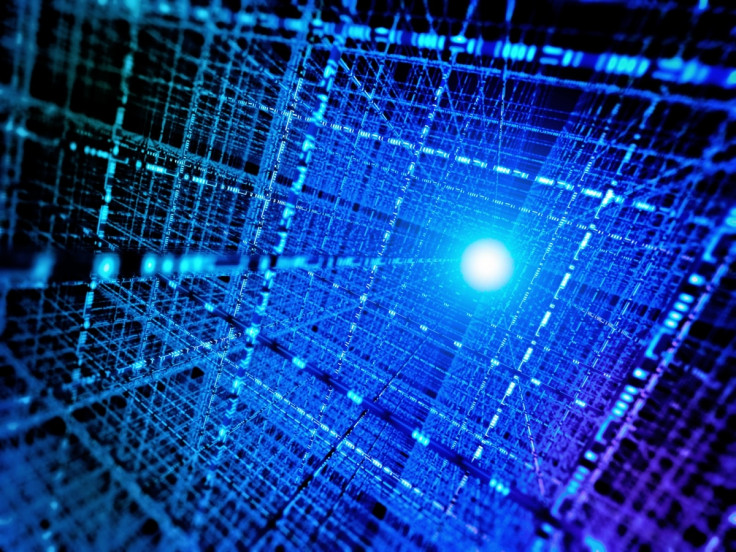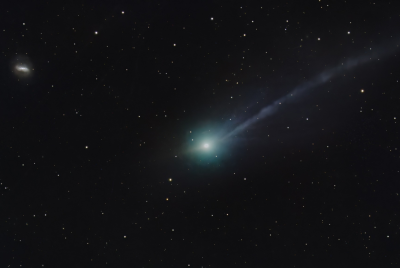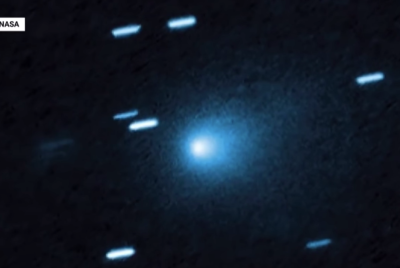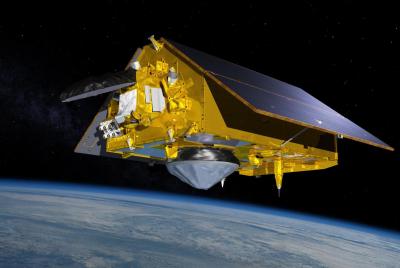Time runs bizarre in quantum world where past is changed by the future

Scientists have shown that time is a double-headed arrow in the quantum world that can move both forwards and backwards.
Knowing the future outcome of a particle, its state in the past was altered in the experiment devised by professor Kater Murch of Washington University.
Measured quantum state was seen to somehow incorporate information from the future as well as the past.
In the classical world of humans and matter, this could mean what is being done now was influenced by the decision made by a future version of us. Why this is not observed will take time, say the scientists.
In the quantum world of atoms and sub-atoms, the particle exists in many parallel states simultaneously and an act of measurement of positioning itself forces the particle to collapse to a definite state.
Murch, an assistant professor of physics in Arts & Sciences at Washington University, devised a way to study such a quantum state without altering it.
By combining information about a quantum system's evolution after a target time with information about its evolution up to that time, the lab could narrow the odds of correctly guessing the state of the two-state system from 50-50 to 90-10.
The quantum state was detected by putting a superconducting circuit cooled to near absolute zero, inside a microwave box.
A few microwave photons, particles of light, were sent into the microwave box, where their quantum fields interacted with the circuit.
The bottom two energy levels of this qubit, the ground state and an excited state of the circuit, was used as the model quantum system, or combinations, of the two states. Between these two states, there are an infinite number of quantum states that are superpositions.
When the photons exited the box they carry information about the quantum system without changing them.
"We start each run by putting the qubit in a superposition of the two states," professor Murch said. "Then we do a strong measurement but hide the result, continuing to follow the system with weak measurements."
Calculating forward, the probability of finding the system in a particular state, your odds of guessing right are only 50-50.
To and fro
It is possible to calculate backward using something called an effect matrix. Just take all the equations and flip them around.
Weighing the information in a backward-going trajectory and a forward-going trajectory, a hindsight prediction, or 'retrodiction' is obtained.
This was 90 percent accurate. When the physicists check it against the stored measurement of the system's earlier state, it is right nine times out of 10.
The quantum guessing game suggests that in the quantum world, time runs both backward and forward whereas in the classical world it only runs forward.
"I always thought the measurement would resolve the time symmetry in quantum mechanics," Murch said. "If we measure a particle in a superposition of states and it collapses into one of two states, well, that sounds like a process that goes forward in time."
But in the quantum guessing experiment, time symmetry has returned.
"It's not clear why in the real world, the world made up of many particles, time only goes forward and entropy always increases," Murch said. "But many people are working on that problem and I expect it will be solved in a few years," he said.
To find out if cause and effect works in quantum world, Murch proposes to run a qubit experiment that would set up feedback loops (which are chains of cause and effect) and try to run them both forward and backward.
"It takes 20 or 30 minutes to run one of these experiments," Murch said, "several weeks to process it, and a year to scratch our heads to see if we're crazy or not."
The work will be published in Physical Review Letters.
© Copyright IBTimes 2025. All rights reserved.





















